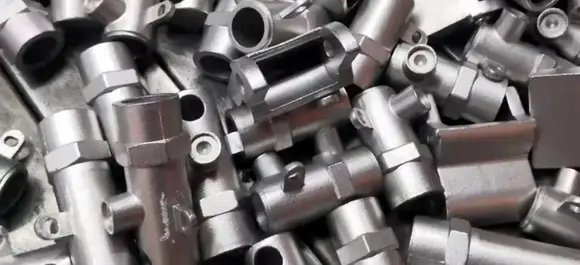Mobile:+86-311-808-126-83
Email:info@ydcastings.com
Techniques for Melting Aluminum for Efficient Metal Casting Applications
Melting Aluminum for Casting A Comprehensive Guide
Aluminum is one of the most versatile metals used in casting, prized for its lightweight, strength, and resistance to corrosion. The process of melting aluminum for casting involves several critical steps that ensure the final product meets desired specifications and quality standards.
Understanding the Melting Process
Before diving into the melting procedures, it’s essential to grasp the properties of aluminum. With a melting point of about 660°C (1220°F), aluminum can be easily melted and cast into complex shapes. This ability makes it a preferred choice in various industries, including automotive, aerospace, and consumer goods.
Equipment Needed
To melt aluminum effectively, several pieces of equipment are necessary. A furnace is the most critical component; it can be a gas-fired, electric, or induction furnace, depending on the scale of production and the desired energy efficiency. Crucibles, often made of ceramic or graphite, are used to hold the aluminum during the melting process. Protective gear, including heat-resistant gloves and goggles, is also essential to ensure safety.
The Melting Process
melting aluminum for casting

The melting process begins by collecting aluminum waste or scrap—this is often economically advantageous as it reduces material costs. The scrap should be clean and free from contaminants, which could affect the quality of the final cast.
Once the aluminum is loaded into the crucible, it is placed in the furnace. The furnace is heated gradually to avoid thermal shock, ensuring an even melt. As the aluminum reaches its melting point, it will transform from solid to liquid, ready for casting. It’s crucial to monitor the temperature closely, as overheating can lead to oxidation and result in defects.
Casting Techniques
After achieving the desired melt, the next step is casting. Various techniques, such as sand casting, die casting, and investment casting, can be employed. Each method has its advantages and is chosen based on the complexity of the design and the production volume required.
Conclusion
Melting aluminum for casting is a nuanced process that requires careful attention to detail and equipment. With the right setup and techniques, manufacturers can produce high-quality aluminum castings that meet various industrial needs. As the demand for lightweight and durable materials continues to grow, mastering the art of aluminum melting and casting remains a valuable skill in the manufacturing sector.
-
Why Should You Invest in Superior Pump Castings for Your Equipment?NewsJun.09,2025
-
Unlock Performance Potential with Stainless Impellers and Aluminum End CapsNewsJun.09,2025
-
Revolutionize Your Machinery with Superior Cast Iron and Aluminum ComponentsNewsJun.09,2025
-
Revolutionize Fluid Dynamics with Premium Pump ComponentsNewsJun.09,2025
-
Optimizing Industrial Systems with Essential Valve ComponentsNewsJun.09,2025
-
Elevate Grid Efficiency with High-Precision Power CastingsNewsJun.09,2025











